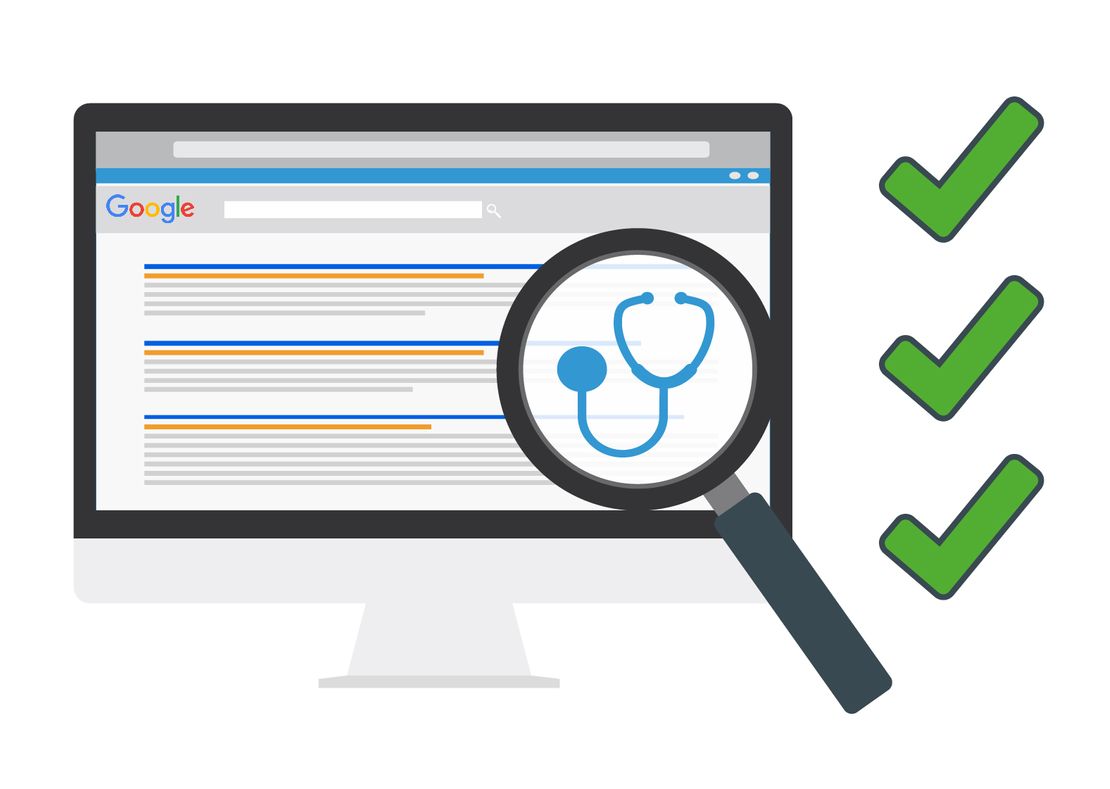1. Define a clear purpose.
The first step in achieving an effective medical website design is to decide on your site’s singular purpose. According to Forbes, most sites fall under the umbrella of one of the following purposes:
- To sell products or services.
- To generate leads (new patients).
- To establish credentials.
You will then need to set in place standards that will allow you to measure your progress in meeting those goals. For example, you will want to use analytics to track where your leads are coming from – whether it’s from a contact form on your website or a popup on a specific page.
2. Prioritize clarity, hierarchy and simplicity of style.
Your website should communicate the higher ideal of your entire organization. To do this effectively you will want to make sure that you don’t have too many cooks in the kitchen when it comes to visual design. A simple medical website design that makes good use of white space, features clear and concise taglines, and uses real photos instead of stock images will draw the eye to the most important content first.
3. Create quality content.
[related_content]A good search engine ranking depends on content, so don’t skimp on this resource-intensive aspect your site. Developing high-quality content requires you to think like your audience. What are people looking for when they click on your page? Paying attention to the interests and motives of your target audience, as well as any specific problems that they might be trying to solve, is critical when writing effective content.
4. Make your site an educational tool.
The more educational content you produce, the more likely your site will be indexed by the search engines. Medical websites that are supplemented with a health blog will attract a variety of visitors, such as those who want to check symptoms and causes, get healthy lifestyle tips from the experts, or learn about what kind of food or workout is best for their condition or body type. The possibilities for healthcare professionals to educate the general public are endless!
5. Don’t make visitors think too much.
Understand your website from a user’s perspective. How can you use visual cues to lead the common visitor through your site? The last thing you want to create with your medical website design is a labyrinth of complicated menus, distracting images and inconsequential text. Streamline site navigation and messages to make your site as straightforward as possible.
6. Test, measure and re-design often.
Publishing a website is a great accomplishment, but it’s not the finish line. Regularly improving the site will be your #1 challenge. Continuously study the results of your site to see what’s working and what’s not. Use web analytics to improve user pathways, navigation, site messaging and optimize the overall performance of each page.


